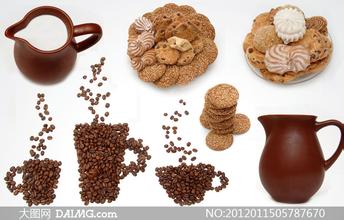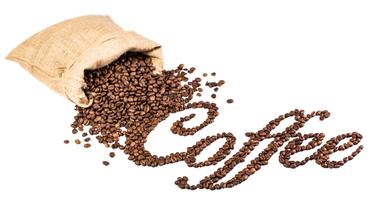Introduction to the flavor description of the taste treatment method in the growing environment of Sumatran coffee
Sumatra Coffee Growing Environment Variety Producing Area Taste Treatment Flavor Description
Everyone's first impression of mantelin is always fragrant, bitter, mellow, thick and even irritating. It is impossible to eat without added sugar and milk.
In fact, Sumatra linton mantinin can also bring a little fruit acid flavor, let you comfortable black coffee on the stomach!
Due to the special processing process of mantinin coffee, different from the washing method and sun method commonly used in other producing areas, there are also many defective beans and miscellaneous beans, so it creates its unique herbs and trees. Therefore, heavy roasting methods are often used to bake the beans black.
Sumatra coffee has basically been mixed with the name mantenin, and Sumatra's mantenin system is actually more and more complex, which can be roughly divided into four types:
Lindong (or Lindong) Mantenin producing area near Toba Lake mentioned above
After four hand-selected gold mantinin, higher than the average mantinin, caramel sweet more intense, herbal flavor, earthy flavor almost disappeared, fruit acid is very elegant.
Tava Lake coffee, Sumatra coffee produced by the famous Costa Rican Laminita estate under the guidance of semi-washing technology
Old mantenin and Java Old Brown, mantenin stored in specially designed warehouses for more than 2 to 3 years, can grind off the acidity of coffee, and turn into sugar, drink sweet as honey.
If you have a chance, you can try to drink these different mantnings. I believe you will feel that the coffee world is so amazing. It turns out that the mantnings you know are just misleading and misleading, just like the instant coffee below.
Basically, it's just a poor robasta coffee (and most likely it's actually from Java, not Sumatra), roasted a little deeper, making you feel more bitter and bitter, so it's called mantinin flavor...

Important Notice :
前街咖啡 FrontStreet Coffee has moved to new addredd:
FrontStreet Coffee Address: 315,Donghua East Road,GuangZhou
Tel:020 38364473
- Prev

Description of taste and flavor of coffee beans produced in Colombian Hope Manor by variety treatment
Colombia hopes to describe the taste and flavor of the vineyard coffee beans produced by the variety treatment method. Colombia's suitable climate provides a real natural pasture for coffee. Coffee trees in Colombia are mainly cultivated in the Andes, on steep slopes about 1300 meters above sea level, where the annual temperature is about 18 degrees Celsius, annual rainfall is 2000 to 3000 millimeters, and latitude 1-1.
- Next

Yunnan coffee bean characteristic taste flavor description characteristic variety production area taste grinding scale
Yunnan coffee bean characteristic taste flavor description characteristic variety production area taste grinding scale the so-called new variety actually refers to catimor (Katimo), which is a hybrid of the timor species of the Roberta family and Arabica, which lacks rich aroma and flavor compared with the old varieties, and has a relatively shallow smell of grass and soil, but its advantages are disease resistance and easy management.
Related
- Detailed explanation of Jadeite planting Land in Panamanian Jadeite Manor introduction to the grading system of Jadeite competitive bidding, Red bid, Green bid and Rose Summer
- Story of Coffee planting in Brenka region of Costa Rica Stonehenge Manor anaerobic heavy honey treatment of flavor mouth
- What's on the barrel of Blue Mountain Coffee beans?
- Can American coffee also pull flowers? How to use hot American style to pull out a good-looking pattern?
- Can you make a cold extract with coffee beans? What is the right proportion for cold-extracted coffee formula?
- Indonesian PWN Gold Mandrine Coffee Origin Features Flavor How to Chong? Mandolin coffee is American.
- A brief introduction to the flavor characteristics of Brazilian yellow bourbon coffee beans
- What is the effect of different water quality on the flavor of cold-extracted coffee? What kind of water is best for brewing coffee?
- Why do you think of Rose Summer whenever you mention Panamanian coffee?
- Introduction to the characteristics of authentic blue mountain coffee bean producing areas? What is the CIB Coffee Authority in Jamaica?

